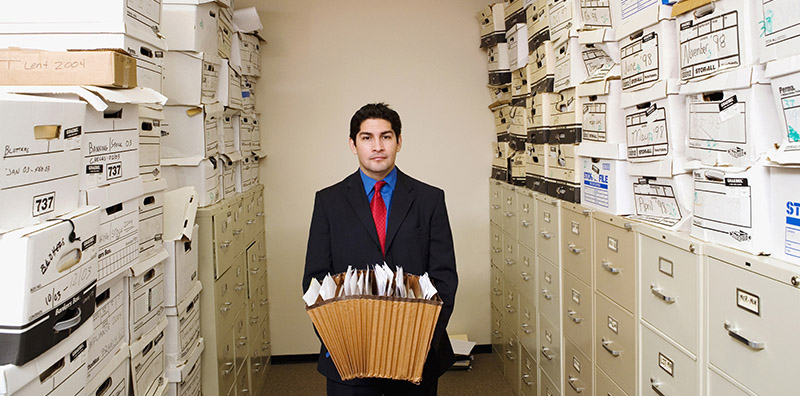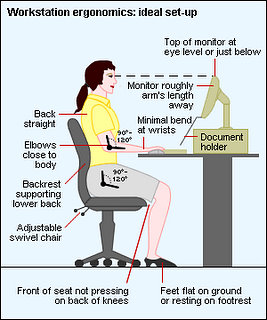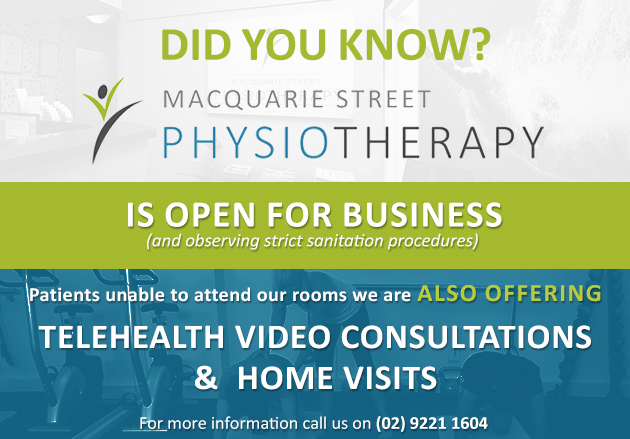Pain at work – Sydney City CBD
Pain experienced at work depends on what type of job you have. In the case of many of our city clients, pain relates to prolonged static positions such as sitting or standing. We also see a number of problems related to more physical occupations such as personal trainers and trades people.

What should I do if I have pain at work?
If you have pain which you feel is being caused by or exacerbated by your work, the first point of contact should be your manager or HR personnel. They will likely discuss with you what symptoms you are experiencing and for how long. They may suggest you see your GP for medical assessment. They should seek to help you by looking at ways to avoid a repetitive activity, or provide you with equipment or assistance which might mitigate your symptoms.
Making a work-cover claim.
If you require time off work and are likely to have medical expenses relating to your problem, your manager or doctor may suggest you make a workers’ compensation claim. Most treatment for work-related conditions is covered by icare (Insurance & Care NSW) or injuryNET. If you have made a workers’ compensation claim, you will need a GP referral for physiotherapy.
If you are not making a work-cover claim, no referral is necessary.
What are examples of work injuries?
Examples of desk injuries include RSI of the forearm/wrist, neck or back pain and headache. Examples of injuries in more strenuous jobs include muscle/joint strains or back strain.
How do I know if I need physiotherapy?
If your symptoms are of a physical nature, such as headache or RSI, your GP is likely to refer you to physiotherapy for treatment and management. When you make your first appointment with the physiotherapist, you will need to provide your claim number, the insurance company’s name and the name of your case manager and contact details. Your manager will have given you these.
What sort of treatment will I need?
Treatment very much depends on the type of problem you have. There is no significant difference between work related and other conditions, except that they are often due to repetitive activities required for your job. Rather than acute injuries (which also can happen in the work-place) they are often grumbly, chronic conditions. As such, along with treatment of the painful area, there may be areas of weakness or tightness which need addressing, and education regarding ergonomics and taking breaks from repetitive activities. If you do not have in-house work-station assessors, one of our physiotherapists can visit your work-place to review your setup. We will make recommendations regarding any changes which may assist you – there are a variety of chairs, mice and document holders which can help.
What if I am not improving?
If you are not improving, your GP or physiotherapist might suggest a review with a specialist or other health practitioner, pain management advice, attendance at a gym for strength/conditioning, hydrotherapy/Pilates, and/or further alteration of your duties.
How can I prevent a work-place injury?
Of course it is ideal to prevent injury before it starts. Some simple guidelines include the following:
- Introduce some standing and walking into your day.
- Look at your OH&S guidelines about correct desk set-up (see pictorial guideline below).
- Don’t get started with your work until you have taken time to get comfortable at your desk.
- Break for a stretch, particularly upper back and shoulders
- Try to relax leg and shoulder, jaw and neck muscles as much as possible at your desk – these are often gripping out of habit and can lead to tightness and pain.
- Get some exercise outside of work – being strong and flexible helps you maintain good posture for your work-day.
Ideal desk ergonomics?
See our blog about standing desks and working with two screens. The following picture is a guideline for good seated desk posture.









